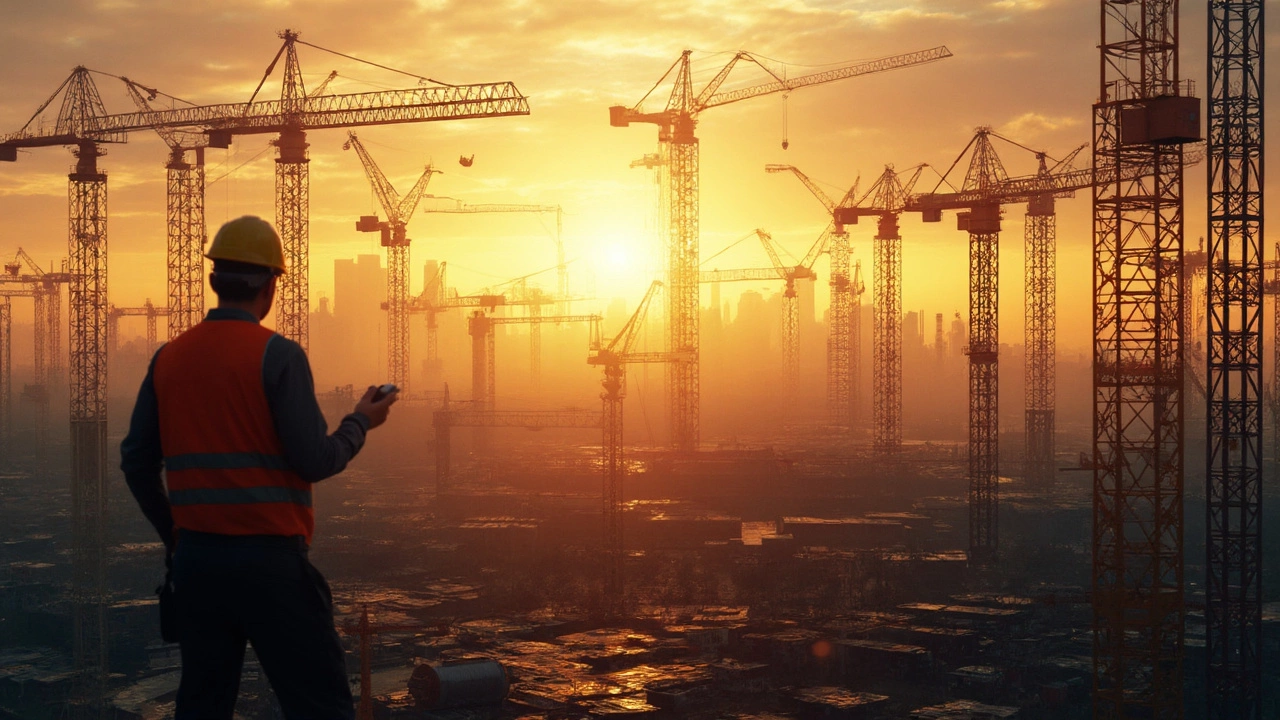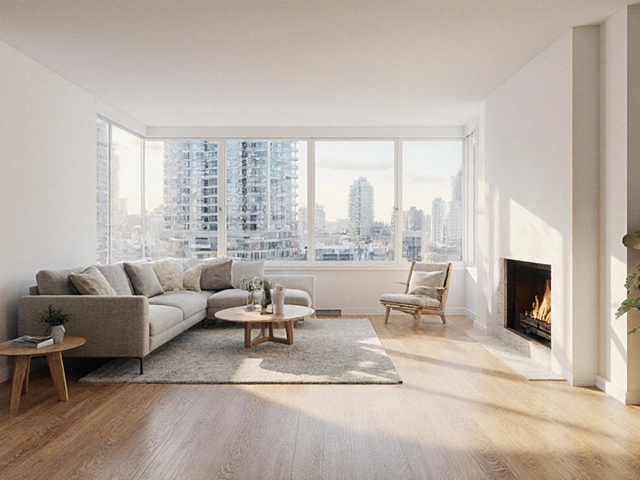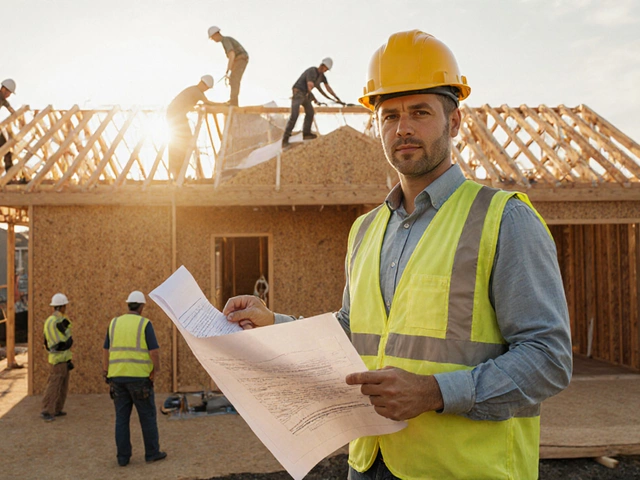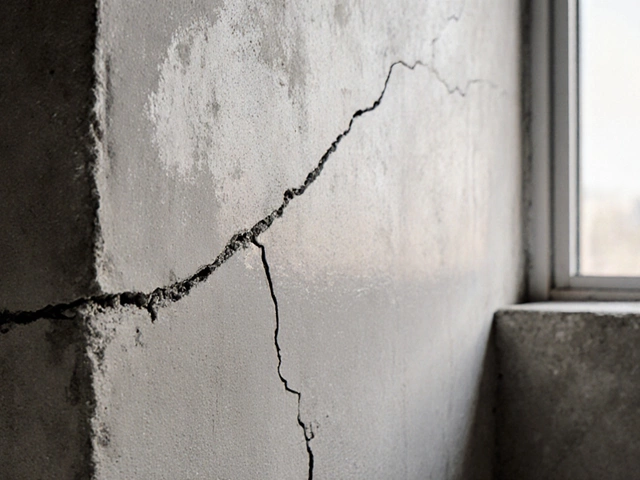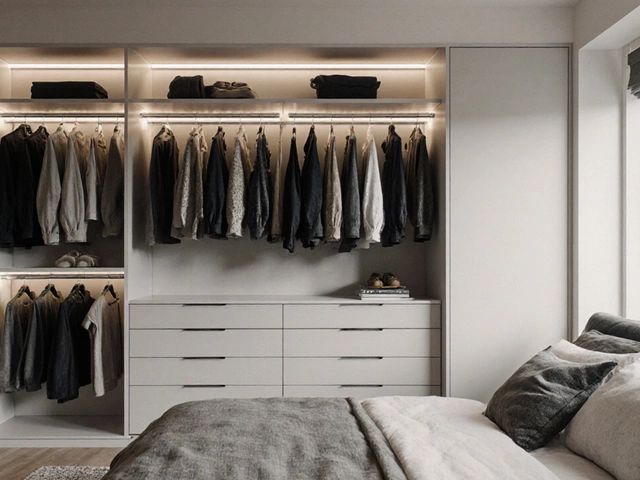Have you ever stood at the edge of a bustling city and wondered how everything around you came to be? Buildings of all shapes and sizes, each with a purpose—some housing cozy cafes and shops, while others are massive storage warehouses or manufacturing plants. Here's where understanding industrial and commercial construction comes in handy.
You might think they're the same thing. Buildings are buildings, right? Not quite. Industrial construction typically focuses on large-scale projects for manufacturing, production, and storage, like factories or power plants. In contrast, commercial construction often deals with spaces meant for business, like malls, offices, or hotels.
Why does this difference matter? Each type of construction requires different expertise, planning, and, let's be real, budgets. For instance, industrial projects might need specific materials to withstand heavy machinery, while commercial sites prioritize customer accessibility and aesthetics.
- Defining Industrial and Commercial Construction
- Types of Projects Involved
- Role of Regulations and Standards
- Financial Aspects and Budgeting
- Choosing the Right Path for Your Needs
Defining Industrial and Commercial Construction
When you see a towering skyscraper or a sprawling factory, you're looking at the fruits of two distinct branches of construction: industrial construction and commercial construction. But what exactly sets them apart?
Understanding Industrial Construction
Industrial construction is all about creating facilities used for manufacturing and heavy production. Think of auto plants, oil refineries, and power stations. These buildings often need to accommodate specialized equipment and processes. Planning and design here take into account the heavy loads, vibrations, and high temperatures these sites might face. It's no surprise—wind turbines alone can weigh over 5,000 pounds!
What is Commercial Construction?
On the other hand, commercial construction typically involves building for business-focused environments. It could be a shopping mall, restaurant, or office complex. The aim here is to create spaces where businesses can thrive, offering accessibility, comfort, and functionality. So, instead of focusing on machinery and production, attention shifts towards customer experience and foot traffic.
Key Differences
- Purpose: Industrial is for production; commercial is for business.
- Design: Industrial facilities prioritize safety and efficiency; commercial spaces focus on aesthetics and usability.
- Regulations: Different zoning laws and building codes apply to each type.
Understanding these differences is crucial, especially if you're diving into the construction world, whether for investment or development. Industrial and commercial plans both have their hurdles and achievements—they're like different sports, each requiring its own skill set and mindset.
Types of Projects Involved
When it comes to commercial construction, think of all the places you shop, dine, and even stay the night. We're talking about malls, restaurants, hotels, and office spaces. Each of these comes with its own set of needs. A mall needs space for numerous shops and a hotel needs dozens of rooms of varying sizes and luxurious amenities.
On the flip side, industrial construction consists of factories, power plants, refineries, and similar buildings. These aren't made for leisure or business dealings but for heavy-duty work that often runs 24/7. These projects need big, open spaces to accommodate large machines and equipment.
Commercial Projects
- Shopping Centers: These buildings need to attract foot traffic and provide ample space for retailers.
- Office Buildings: Balancing aesthetics with function is key. Spacing for different types of businesses is crucial.
- Hotels: From cozy beg-and-breakfasts to luxury resorts, comfort and amenities matter a lot here.
Industrial Projects
- Manufacturing Plants: Designed for production lines, requiring durability and expansive layouts.
- Warehouses: Focus on maximum storage capacity and logistical ease of access.
- Power Plants: These need stringent safety standards due to the nature of their operations.
To illustrate, consider the following; a 50,000-square-foot warehouse can cost between $20 and $40 per square foot for basic construction. Meanwhile, a commercial office building of the same size might run higher due to more detailed design requirements, including HVAC systems and high-quality finishes.
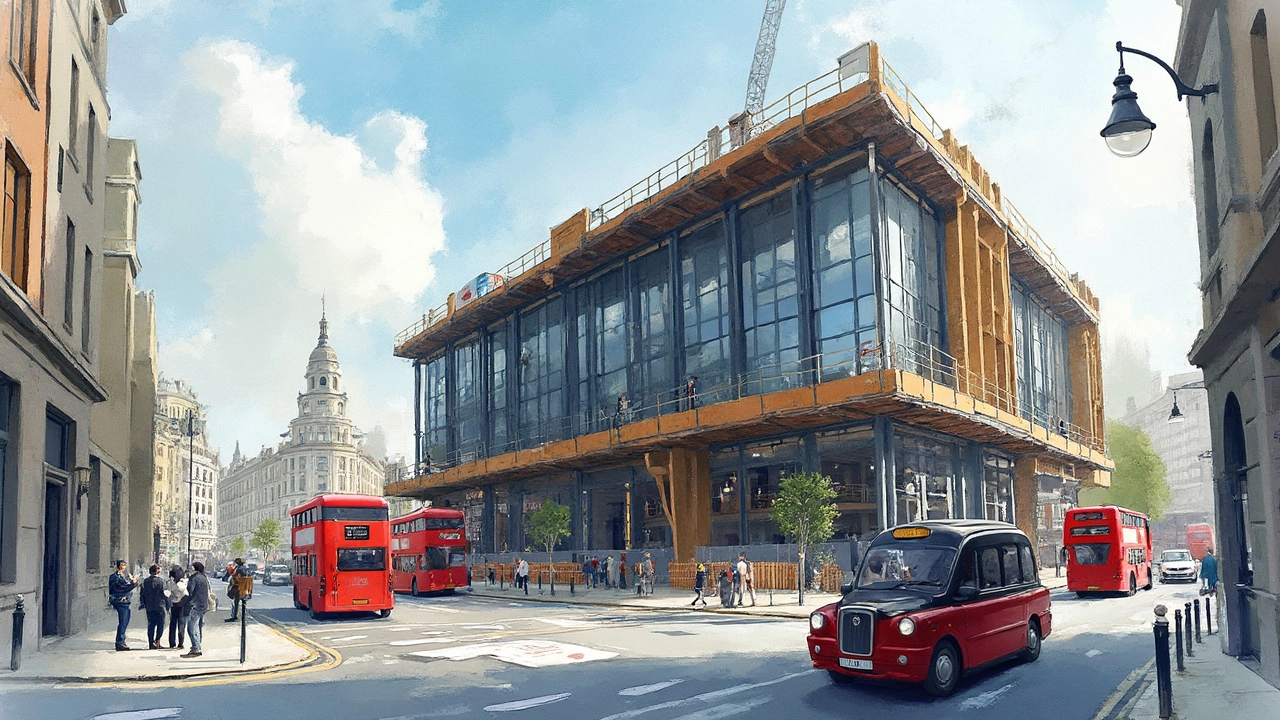
Role of Regulations and Standards
Regulations and standards are the unsung heroes in the construction world, especially when we're talking about commercial and industrial construction. These rules ensure safety, efficiency, and quality in every project. Without them, building practices would be all over the place, leading to potential hazards and a lot of headaches down the line.
Why Regulations Matter
The main reason regulations are so important is safety. Imagine working in a building that wasn't up to code—pretty risky, right? In the industrial sector, we're talking about constructing facilities that might house hazardous materials or machinery, so having strict guidelines is a must.
For commercial construction, regulations help ensure that spaces are accessible to everyone, including individuals with disabilities. This can involve everything from the width of doorways to the height of checkout counters.
Understanding Standards
Aside from regulations, there are industry standards that builders follow to ensure compatibility and quality. Think about it like a recipe—standards ensure that everyone uses the same basic ingredients for consistency.
Two Key Players: OSHA and ICC
In the United States, you can't talk about construction standards without mentioning OSHA (Occupational Safety and Health Administration) and ICC (International Code Council). OSHA ensures workplace safety, setting rules for everything from machine operations to first aid. Meanwhile, the ICC develops model codes that guide most building codes across the country.
Global Construction Standards
In our ever-connected world, projects often involve teams from multiple countries. Global standards like ISO (International Organization for Standardization) help bridge the gap by setting international benchmarks for quality and safety.
Fun fact: Did you know that adhering to these standards not only ensures safety but can also save a construction project up to 30% in costs by avoiding mistakes and reworks? Now that's what I call a win-win!
Both industrial construction and commercial construction thrive on these regulations and standards. They may seem like a pain sometimes, but they're there for good reasons—keeping buildings safe and functional for everyone.
Financial Aspects and Budgeting
When it comes to commercial construction and industrial construction, understanding the financial ins and outs is key. These projects aren't just about blueprints and hard hats; they're pretty heavy on the wallet, too.
Understanding Costs
First off, the costs. Both sectors have significant expenses, but the nature of these expenses can vary. Commercial construction often involves costs for design, aesthetics, and adherence to zoning laws. Meanwhile, industrial construction focuses on meeting safety and operational standards, which can require special materials and tech installations.
Budget Planning Basics
Planning a budget is crucial. Most projects allocate around 10-15% of their budget to unforeseen expenses, which, trust me, can pop up more often than you'd expect. Whether you are developing a retail space or an industrial plant, setting aside a contingency fund is smart.
Key Budget Components
- Materials and Labor: These are your main expenses. Prices can fluctuate due to market conditions, so it's wise to keep tabs on trends.
- Permits and Inspections: These are non-negotiable and vary by location and project type, making them a critical part of early financial planning.
- Technology Integration: Especially for industrial sites, installing tech for automation and efficiency can be a major factor nobody wants to overlook.
Financial Challenges
Let's not sugarcoat it—delays cost money. In commercial construction, a day lost can mean missed revenue opportunities, while in the industrial world, delays can halt production plans. How do you prevent it? By having a solid timeline with well-thought-out milestones and buffer times.
Interesting Insight
Here's a neat fact: According to a 2023 industry report, about 20% of projects run over budget and schedule, mainly due to unforeseen circumstances. Addressing potential risks early on can save you a fortune down the line.
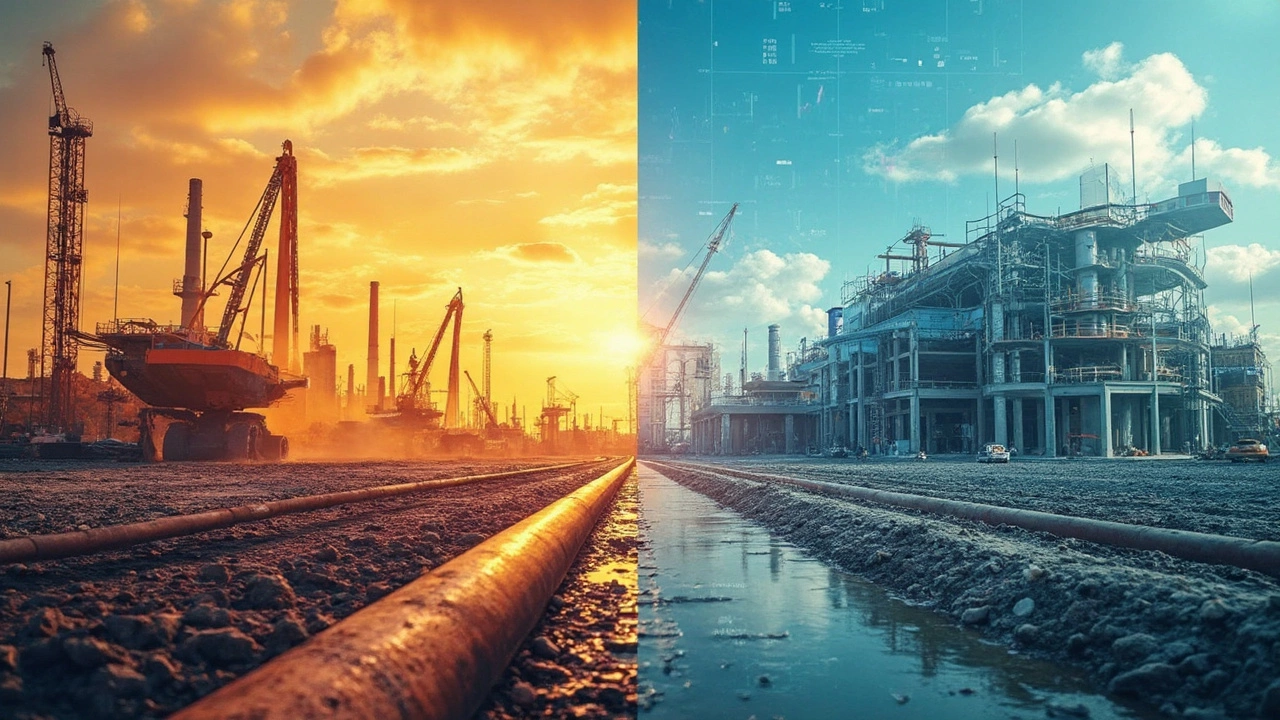
Choosing the Right Path for Your Needs
Deciding between industrial construction and commercial construction isn’t just flipping a coin. It's about understanding what exactly you need and which path aligns best with your goals. Let’s break it down a bit.
Understand Your Project's Purpose
Start by knowing what your project aims to achieve. Are you setting up a cozy café, or is it a massive distribution center you have in mind? The demand for customer flow and aesthetics can't be overstated in commercial construction, whereas industrial construction demands functionality for production and storage.
Consider the Regulations
Each of these construction types comes with its own set of rules. Commercial spaces often need to comply with strict zoning laws, ensuring safety and accessibility to the public. Industrial construction has its own unique codes, especially regarding environmental and safety regulations around machinery and hazardous materials.
Budget Wisely
Budget plays a big role in your decision. Industrial projects can be heavy on your wallet due to specialized machinery and materials. Commercial projects might need more cash upfront for design excellence to attract customers. Know where your money needs to go and adjust accordingly.
Choose the Right Professionals
Once you’re clear on what you need, get the right folks on your team. Hire experts who have a comprehensive understanding of either commercial or industrial construction. Their expertise can save you tens of thousands in blunders and time delays.
Taking the wrong path now can lead to costly mistakes. So, weigh your options carefully, ask the right questions, and plan smartly. After all, getting your construction goals right ensures a smoother ride in the long run.
